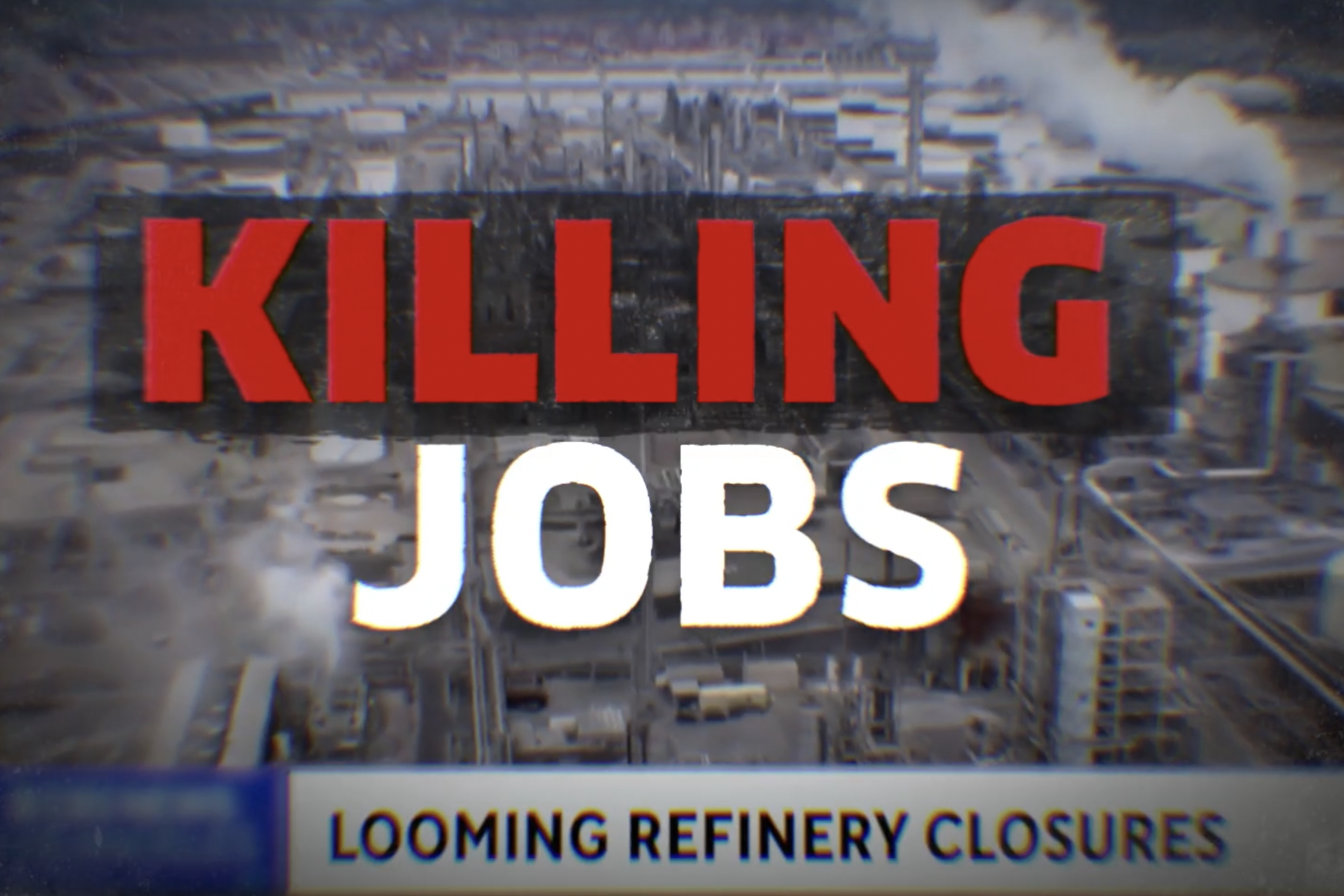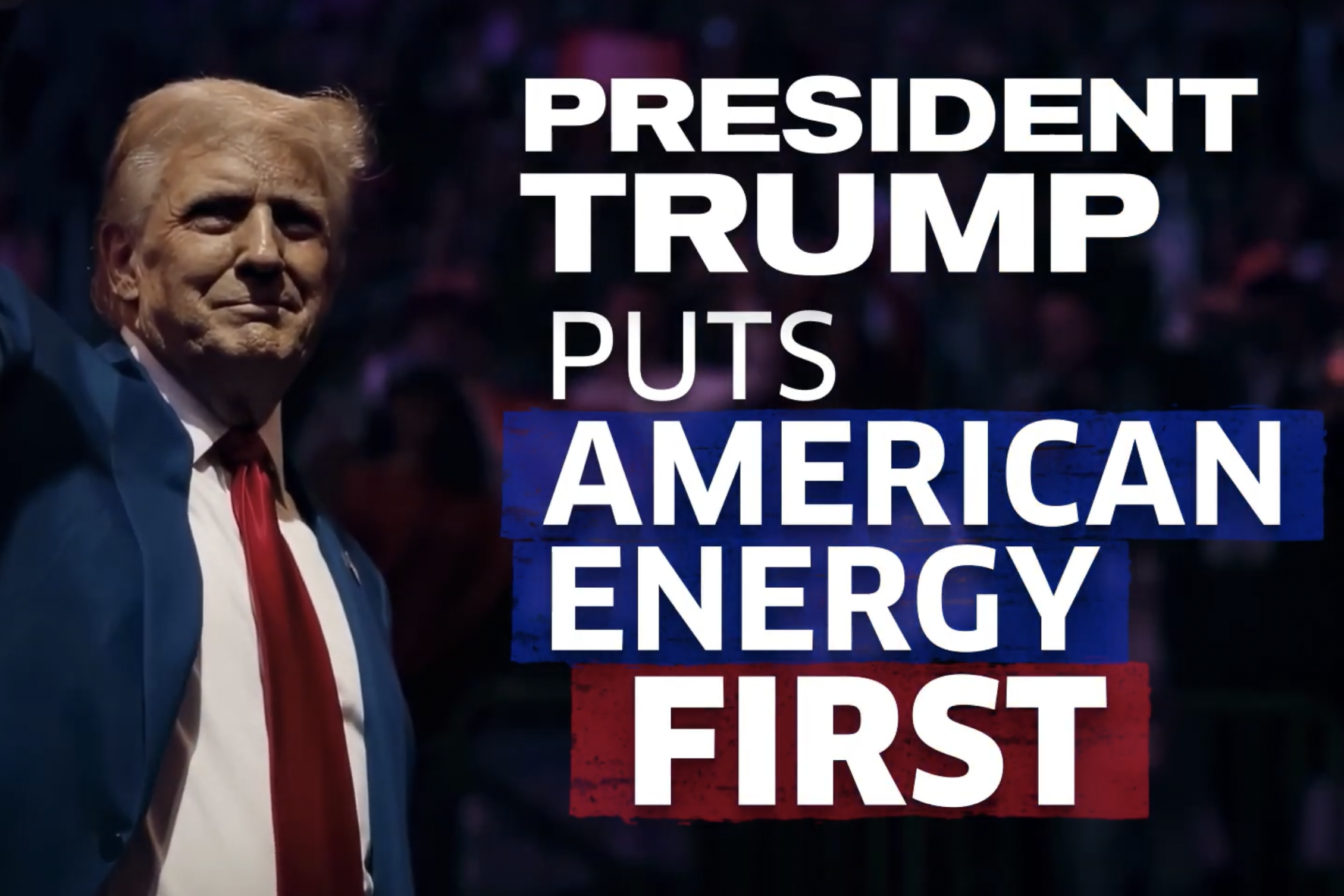The facts have been clearly established that ethanol blending has increased, despite small refiner exemptions (SREs) from the RFS and falling prices for RFS compliance credits known as Renewable Identification Numbers (RINs). Yet rather than embrace what should be the positive reality that ethanol is competitive in a free market, the biofuel lobby has shifted gears to advance its push for ever higher, unrealistic mandates.
The renewed line of attack claims SREs and lower RIN prices are hampering the sale of mid-level ethanol blends such as fuel containing 15 percent ethanol, or “E15.” Yet the facts also disprove this fallacy. Analysis submitted to the EPA shows that the number of stations selling E15, the volume of the fuel, and the percentage of stores owned by large, independent retailers selling it has increased significantly in the period since court rulings compelled EPA to issue more SREs.
The biofuel lobby’s argument is that the RFS acts like a cap-and-trade program. The mandate sets a floor for the biofuel that should be blended and compliance credits become available to refiners when ethanol is blended into gasoline. In theory, higher credit prices are supposed to indicate not enough ethanol is being blended and should incentivize more blending, while lower credit prices should discourage it. In practice, since those responsible for complying are often different than possessing the large scale biofuel blending capabilities necessary to generate credits, the opposite incentive is created.
PBF Energy explored this phenomenon in recent comments filed for EPA’s annual RFS rulemaking process:
“…. In the 2017 RFS RVO, EPA recognized the blendwall, but indicated it felt compelled to force ‘opportunities that exist for pushing the market to overcome those constraints.’[1] PBF’s point of obligation comments noted how high D6 RIN values – which averaged 53 cents[2] from 2010 through 2017 – had failed to incentivize retailers to offer fuel with greater concentrations of ethanol.” [3]
The comments note that only 564 stores offered E15 in the high RIN years, with almost no major retailer offering the fuel at more than 2 percent of its stores.
“PBF updated its analysis to assess changes in the marketplace since 2017, where average RIN prices have been much lower, averaging 25 cents,[4] and SREs more numerous than in the years prior. Of the 122,000 retail motor fuel stations in the country,[5] PBF was able to identify 1,444 stations selling E15. This represents a near tripling in the number of stores selling E15 in less than three years compared to stores offering the fuel in the high priced RIN years.
“The percentage of large, independent retailer owned stores selling E15 has also increased significantly. More specifically, Kum & Go now offers E15 at over 30 percent of its stores, Sheetz offers the fuel at nearly 14 percent of its more than 1600 stores, Kwik Trip sells E15 at close to 35 percent if its 530 stores. This all occurred in absence of the E15 RVP waiver, which did not go into effect until this summer.” [6]
PBF’s comments state the simple reason this ill-crafted, upside-down cap-and-trade system is not working as intended:
“A review of the data regarding stations offering E15 reinforces the fact that a misaligned point of obligation could act as a deterrent to renewable fuels demand.
“In an environment with fewer SREs, RIN-long entities leveraged perceived scarcity to drive up RIN prices, creating an excessive cost that acted as a significant barrier to entry. The situation gave RIN suppliers high bargaining power over RIN purchasers with no threats of substitutes (since obligated parties without blending capabilities have to purchase RINs) and an extremely low threat of new entrants (due to the high cost of capital necessary for entering large scale blending and marketing operations). The non-competitive RIN market resulting from this misaligned point of obligation allowed RIN-long entities to employ a high price, low volume strategy. However, as RIN prices came down due to SREs, coupled with the reality that ethanol is economic regardless of a mandate, RIN-long entities were unable to leverage perceived scarcity. The result forced a lower price, higher volume strategy that led to more E15 being offered.” [7]
The market’s recent reaction to EPA’s announcement on boosting the biofuel market adds more evidence of the reality that SREs are not impacting demand for E10 or fuels with higher concentrations of ethanol. As University of Illinois Agricultural Economist Scott Irwin tweeted in the aftermath of EPA’s press release:
“I normally don't like days when the corn futures market is down (Iowa farmboy nature). But today's decline is another important data point that SREs don't have much to do with physical ethanol demand right now.”
“If SREs have been destroying physical ethanol demand, shouldn't the corn market have gone up today? Even given the relatively modest relief the package provides, shouldn't corn prices have gone up a little? The corn market seems to believe my analysis.”
And when one observer asked if Irwin expected all the “shuttered” ethanol plants to restart upon EPA’s announcement, Irwin responded:
“Actually no. Because I don't think the SREs have much if anything to do with why ethanol plants have been shuttered. In other words, ethanol and corn prices would be exactly the same with a "good" or a "bad" RFS package from the Trump Admin.”
The facts are clear. Ethanol is competitive regardless of the RFS, and SREs have no impact on its consumption; whether in relation to E10 or fuel with higher concentrations of ethanol.[8] Given these realities, the only constituency that truly benefits from overly aggressive mandates is the foreign biofuel suppliers that refiners must rely on for compliance with a requirement that exceeds what domestic producers and infrastructure can economically make and blend into the fuel supply.[9]
We hope the Trump Administration realizes this before RIN prices spike again, putting manufacturing jobs at risk in the working-class communities that need them most—and hoped to count on the President for support.
[1] 81 Fed. Reg. 89,746
[2] OPIS RIN price data.
[3] See comments from PBF Holding Company LLC (PBF)(Docket Item No. EPA-HQ-OAR-2016-0544)
[4] OPIS RIN price data.
[5] NACS. “Selling America’s Fuel.” Blog Post. August 12, 2019. Available at: https://www.convenience.org/Topics/Fuels/Who-Sells-Americas-Fuel
[6] In relation to the “hypermarkets,” the only one selling any E15 that PBF was able to identify was Kroger, which offers E15 at three out of its 2000 stores.
[7] Appendix B
[8] FAJC. “E15 and E85 Sales Keep Going Up…Despite Small Refiner Exemptions and Lower RIN Prices.” Blog Post. January 22, 2019. Available at: http://www.fuelingusjobs.com/january-22.
[9] FAJC. “EPA Data Proves the RFS Has Become a Foreign Fuel Mandate.” Public Study. 2019. Available at: http://www.fuelingusjobs.com/library/public/Study/RFS-Foreign-Fuel-Mandate.pdf.


